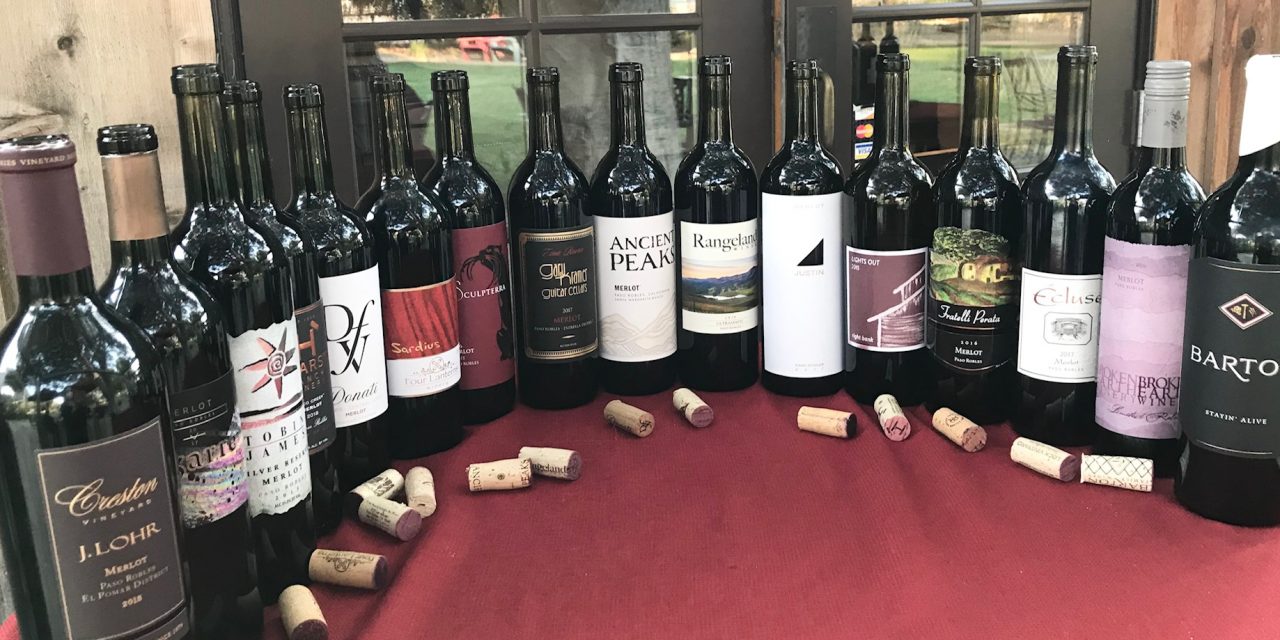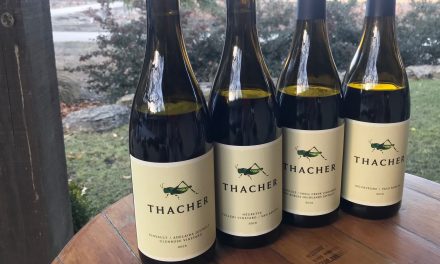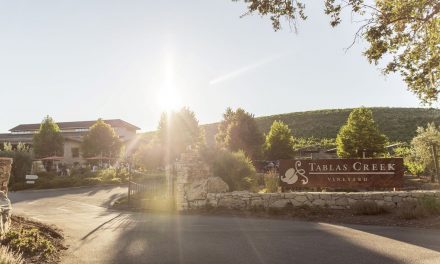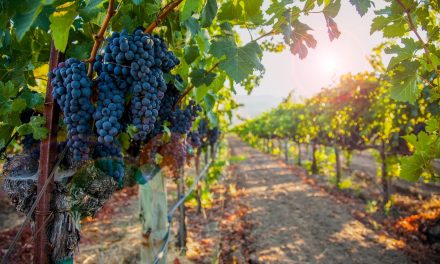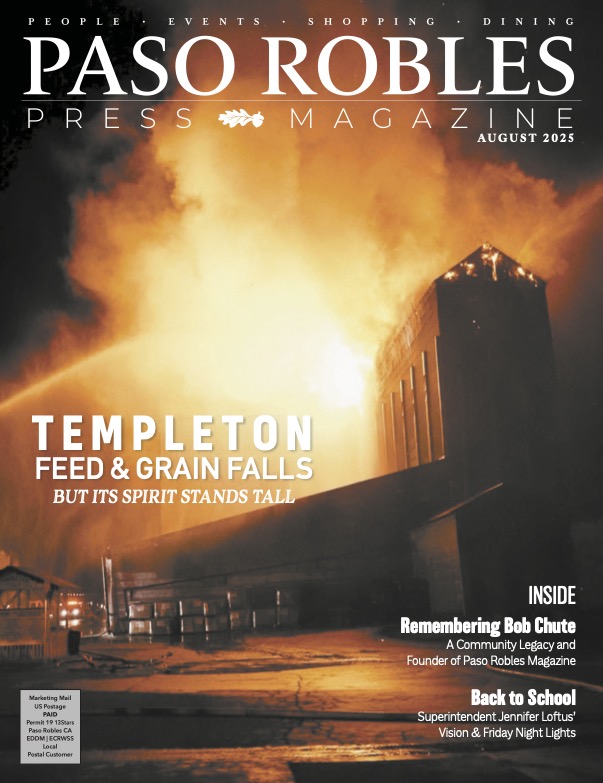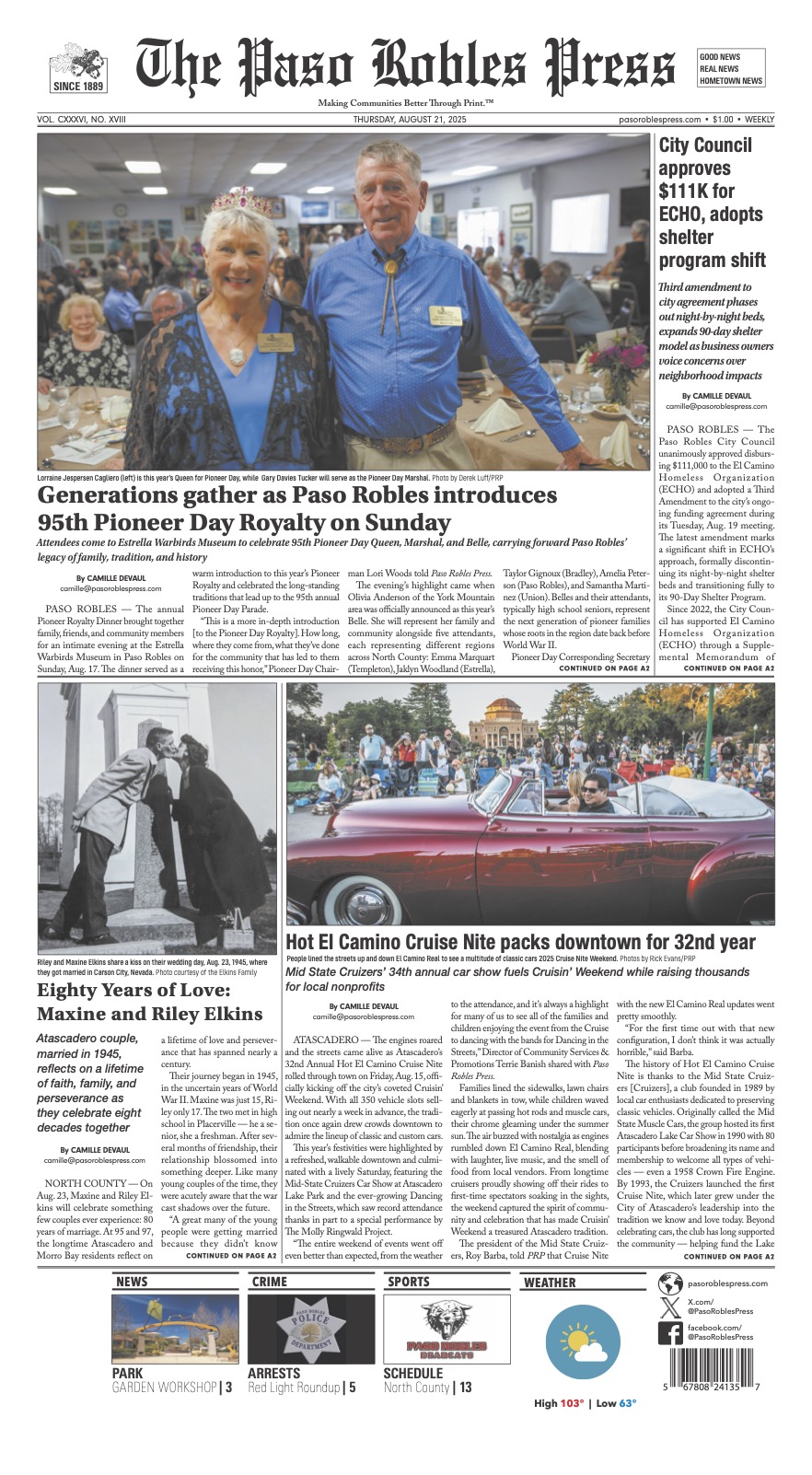Merlot is not lying low anymore. If the #MerlotMe movement has anything to do with it, the once much-maligned variety will rise like a phoenix.
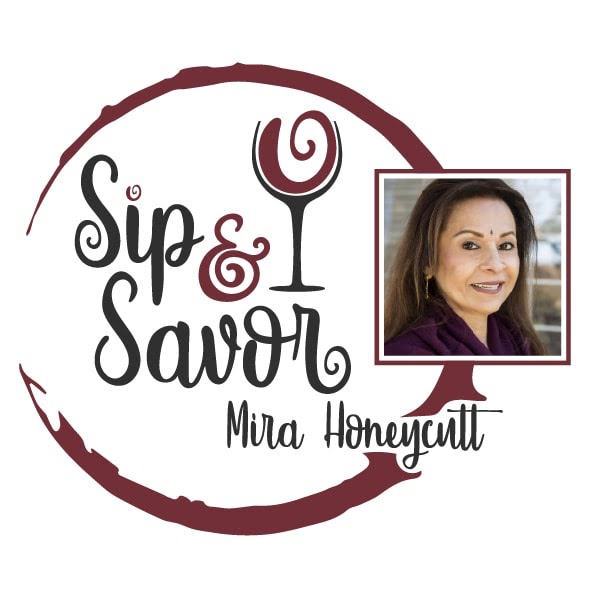
The month-long ode to merlot, kicking off in October, is in its eighth year, originally launched by Napa Valley’s Duckhorn family, known for its high-end luxury merlot. The movement has evolved into a global phenomenon with merlot now gaining some well-deserved respect.
The variety has come a long way since the one seminal line that pushed merlot under the rock. When Miles, played by actor Paul Giamatti in the 2004 multi-award winning roadie film, “Sideways,” in a wine-induced rage, declares to his buddy Jack, “I am not drinking any f***ing merlot!” the fictional character inadvertently began an era of merlot bashing, elevating the pleasures of pinot noir while relegating merlot to “No, thanks” in tasting rooms nearly everywhere.
And yet … merlot is the third leading wine purchased by Americans after cabernet sauvignon and red blends, according to The Wine Institute.
To get a grip on Paso merlot, I rounded up few local merlot producers for a tasting hosted by Steve and Jackie Gleason at their Four Lanterns Winery. In the scenic garden seated at safe distances, I joined Angie Lazarre(Lazarre Wines), Joe Barton (Barton Family Wines & Grey Wolf), Chris Cameron (Broken Earth) and Steve Peck (J. Lohr Vineyards & Wines).
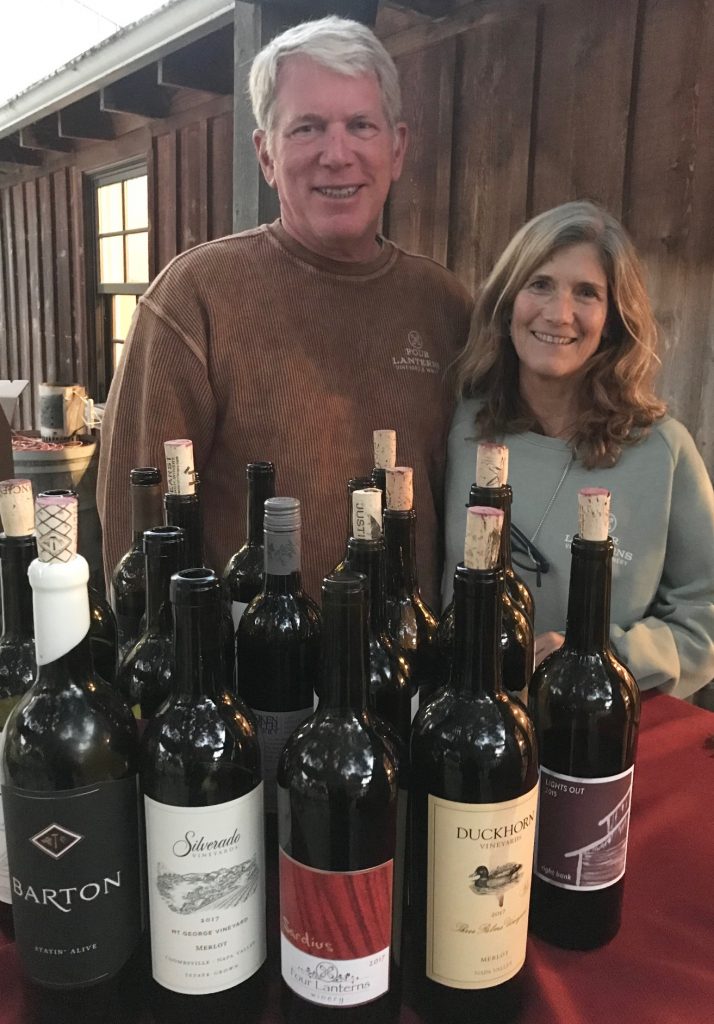
Photos: Mira Honeycutt
The winemakers shared their wines alongside other Paso varietal merlots and merlot-driven blends, wines that were velvety, expressing a dazzling spectrum of flavors rocking with red fruit flavors, shades of mint and cedar combined with smooth tannins — hallmarks of the variety.
The tasting also included a selection from Napa, Sonoma and Washington State, all ranging in vintages from 2015-2018. As this is a global celebration, I added a 2016 Les Cadrans de Lassègue, Saint-Émilion, Grand Cru in the tasting lineup, an earthy wine expressive of Bordeaux’s Right Bank terroir.
So is merlot now trending?
“The younger generation is into it now, it’s new to them,” said Barton.
“We were deep in merlot back in the 1990s, then ‘Sideways’ happened,” he recalled. Barton’s appropriately named Stayin’ Alive, a food-friendly approachable merlot, is a throwback to the iconic 1977 Bee Gees song as well as a nod to merlot’s staying power.
Yet Barton admitted that stand-alone merlot can be boring if not done well and that merlot-driven blends have a better opportunity. “You can bring extra textures from [blending in] malbec or cabernet franc.” In other words, merlot can often use a supporting cast.
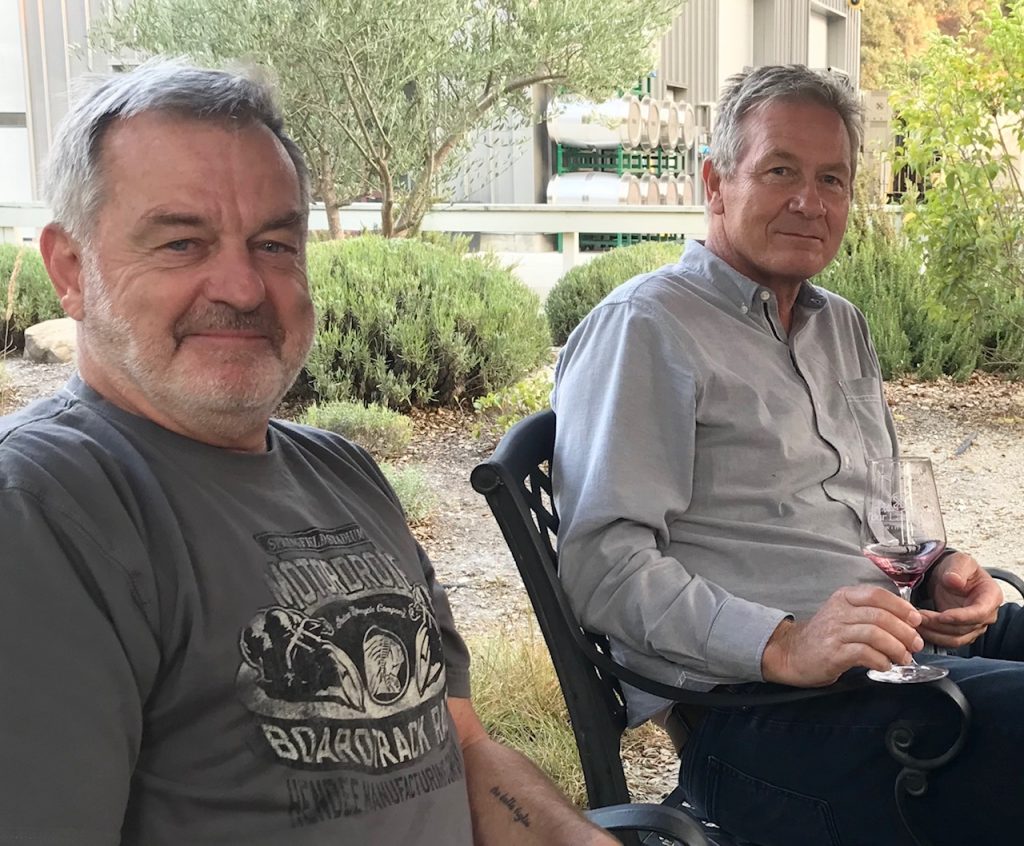
Peck weighed in that indeed there has been a shakeup in recent years. “Plantings were in inappropriate locations — glad they were pulled out,” he commented on the glut of merlot over a decade ago. “People making merlot now are dedicated to showing the variety.” As for the consumer, he noted that they are looking for bright fruit and aromatics that merlot offers. J. Lohr’s 2018 Los Osos blended with a generous fraction of malbec is just that, approachable and accented with bright pomegranate notes.
Inspired by Bordeaux’s three regions, Pomerol, Pauillac and Saint-Estèphe, J. Lohr produces POM, PAU and St. E in its Cuvée series. The garnet-hued POM 2016 we sampled is an age-worthy wine luxuriating in a symphony of succulent cherries and blackberries with a smooth finish.
Lazarre Wines released its first merlot a decade back. “You had to force people to taste it,” Angie admitted. “So we were trying to make a blend and it didn’t taste good, but the merlot [by itself] did,” she commented on their decision to produce varietal merlot. The 2017 vintage we tasted was proof that her winemaker husband Adam can coax the best out of this variety, a merlot that is seductive with ripe blackberries coupled with smooth tannin.

Four Lanterns’ Right Bank merlot and Sardius, a merlot-forward blend, both flexing a lush mouthfeel, have steady customers. “There’s the ‘Sideways’ effect but we’ve had no problem,” Steve Gleason commented.
Broken Earth’s fruit-forward merlot, too, has a loyal following. However, Cameron admitted that it takes a bit of courage to market merlot. “It takes on a personality where it’s grown and this tasting shows it,” Cameron commented on the lineup of a more than dozen Paso merlots we tasted.
Rich Hartenberger, founder of Midnight Cellars, has been producing merlot since 1999. “It’s one of the greatest wines in the world,” he insisted, with a nod to Bordeaux’s exalted Right Bank wines. Yes, he agreed, it’s still a hard sell “but once customers try it they love it.”
A vertical tasting of four wines that Hartenbegrer set up in his westside winery’s garden, proved Paso merlot’s age-ability, from the sublime 1999 vintage to the 2016 current release. “It’s brash and youthful, needs to age,” he remarked on the 2016. The 2010, expressive of delicious soft
tannins, is the wine to drink now, Hartenberger suggested.
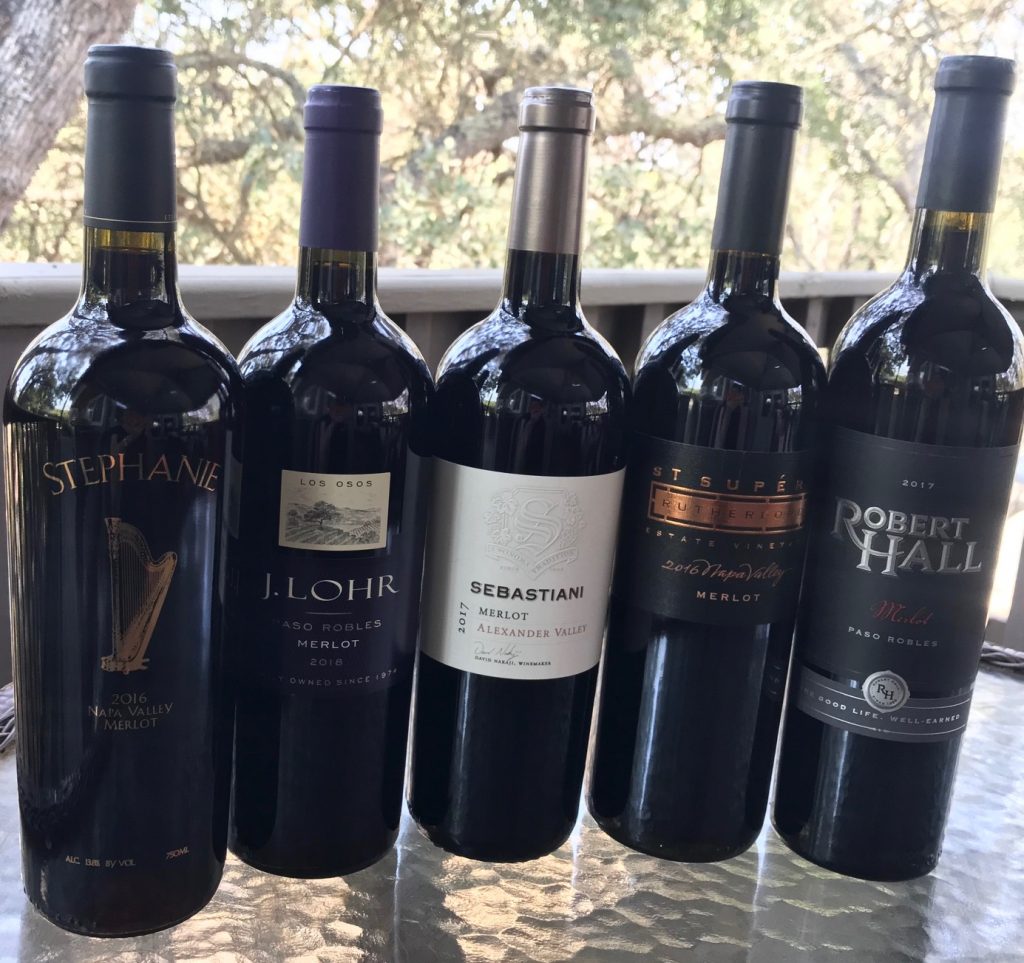
merlots
Yet, despite merlot’s comeback, Kathy Perata finds it a tough sale. “We have a great reaction but few sales,” she said of the visitors coming to Fratelli Perata’s tasting room. So merlot is now absent from the tasting menu. “We open it only for people who come looking for it.”
Merlot, whether drunk immediately or cellared, is a wine that begs for air. This was evident when I uncorked the 2017 Ancient Peaks from Santa Margarita Ranch and savored it over a three-hour time span. The wine began with lush fruit flavors, and then evolved into layered textures and a lingering finish.
Donati, Ècluse, Gary Kramer Guitar Cellars, Justin, Sculpterra, Tobin James Silver Reserve, Rangeland and Hearst Ranch Pico Creek are among others that express such delightful pleasures when opened a couple of hours before consumption.
So get on the merlot bandwagon and check out other Paso merlots from wineries such as Le Vigne, D’Anbino, Opolo, Mitchella, Bianchi, Bella Luna, Hammersky, Penman Springs, Jada, Robert Hall, Arndt Cellars, The Fableist Wine Co., Bon Niche and more.
Drink responsibly, in good health.

